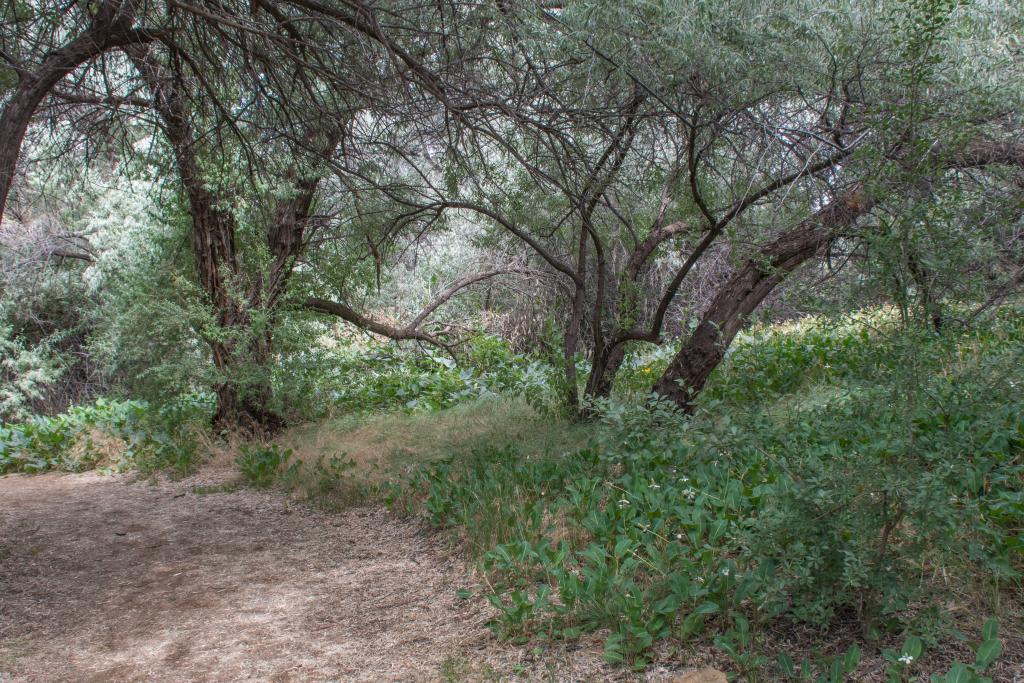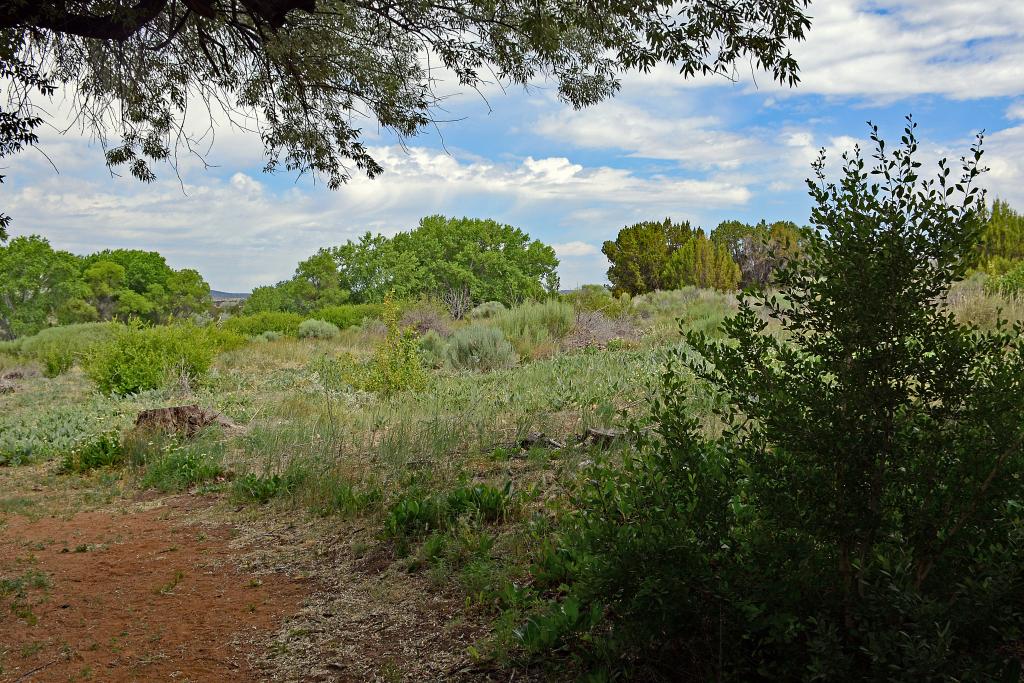A cienega is a rare wetland in the American Southwest characterized by spongy, waterlogged soils with standing water and unique vegetation adapted to alkaline soils. This type of wetland is sustained by seeps or springs that emerge from surrounding mountain ranges. Cienegas are especially important for storing water, reducing the effects of flooding, and filtering pollutants. They also contain a wide biodiversity of plants that serve as critical habitat and wildlife corridors for native species. The U.S. Fish and Wildlife Service reports that more than 95% of the historical area of cienegas in the southwestern U.S. and northwestern Mexico are now dry or lost. These habitats have become degraded due to urban development, land management practices, the introduction of invasive plants, and climate change.

The Institute for Applied Ecology (IAE) identified the 35-acre Leonora Curtin Wetland Preserve (LCWP) as a critical cienega habitat in need of restoration in 2016; the LCWP had become degraded due to infestations of Russian olive, Russian knapweed, and other invasive species. Since then, IAE has partnered with the Santa Fe-Pojoaque Soil and Water Conservation District, the Santa Fe Botanical Garden, RCS Southwest, Southwest Resource Associates, Forest Fitness, and the Native Plant Society of New Mexico (NPSNM) to procure grant funding from the State of New Mexico’s Energy, Minerals and Natural Resources Department’s Forestry Division to implement restoration efforts at the preserve.
In 2023, the Institute for Applied Ecology received a small grant from the Claunch Pinto Soil and Water Conservation District and funding from the NPSNM for fuel and tools, to continue restoration efforts. Additionally, Youth Conservation Corps (YCC) crews and volunteers have been essential to supporting the restoration efforts.

Through partner support and dedicated work, significant progress has been achieved in the Preserve. Russian olives have been almost entirely eliminated from the site and other invasive species, such as Russian knapweed and kochia, have been restricted to small (but stubborn!) areas on the site. However, continued funding is needed to address the continued maintenance and rehabilitation of the disturbed grounds. IAE and the owners of LCWP, Rancho De Las Golondrinas, are taking steps to address the restoration of this important cienega on a larger scale by writing a comprehensive restoration plan and working with the Penitentiary of New Mexico (via our Conservation in Prisons program) and the Pueblo of Santa Ana to grow native plants for this site. These efforts are essential to restoring one of New Mexico’s most valuable and unique ecosystems.